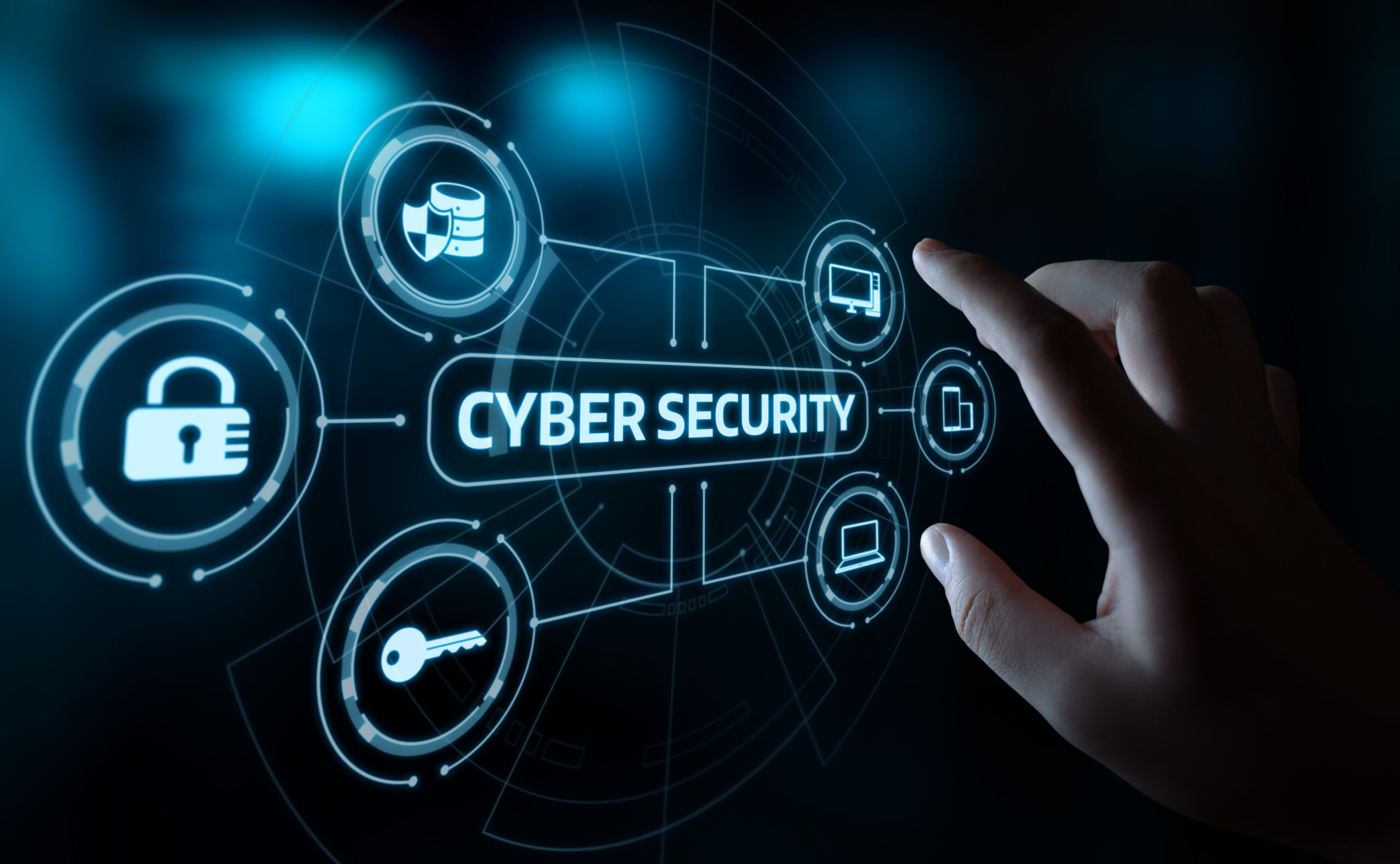Cyber Security
What Is Cybersecurity?
Cybersecurity is the practice of protecting computer systems, networks, programs, and data from digital attacks, unauthorized access, damage, or theft. It encompasses various technologies, processes, and practices designed to safeguard information and prevent cyber threats. These cyberattacks are usually aimed at accessing, changing, or destroying sensitive information; extorting money from users via ransomware; or interrupting normal business processes.
Here’s a breakdown of what cybersecurity entails:
Protection: Cybersecurity involves implementing measures to protect systems, networks, and data from unauthorized access, alteration, or destruction.
Detection: It involves the deployment of tools and technologies to identify and detect cybersecurity threats and incidents as they occur.
Response: Cybersecurity encompasses developing strategies and protocols to respond to and mitigate cyber threats and incidents effectively.
Recovery: It involves implementing processes and procedures to recover from cyber attacks or incidents and restore affected systems and data to normal operations.

Cybersecurity is crucial for several reasons:
- Protecting Data: With the increasing reliance on digital systems for storing and processing sensitive data, cybersecurity is essential to safeguard this information from theft or unauthorized access.
- Preserving Privacy: Cybersecurity helps protect individuals’ privacy by ensuring that personal information remains confidential and secure.
- Maintaining Trust: Effective cybersecurity measures are crucial for maintaining trust between organizations and their customers, partners, and stakeholders.
- Preventing Disruption: Cybersecurity helps prevent disruptions to critical services, such as banking, healthcare, transportation, and utilities, which rely heavily on digital systems.
- Supporting National Security: In today’s interconnected world, cybersecurity is vital for protecting national security interests, including defense systems, critical infrastructure, and government networks.
Cybersecurity is crucial for several reasons:
Protection of sensitive information: Cybersecurity helps safeguard sensitive information such as personal data, financial records, and intellectual property from unauthorized access and theft.
Prevention of financial loss: Effective cybersecurity measures can prevent financial losses resulting from data breaches, fraud, and other cyber attacks.
Maintenance of business continuity: By protecting critical systems and data from cyber threats, cybersecurity helps ensure the continuous operation of businesses and organizations.
Protection of national security: Cybersecurity plays a vital role in protecting national security by defending against cyber attacks targeting government agencies, infrastructure, and critical systems.
Preservation of consumer trust: Maintaining strong cybersecurity measures helps build and maintain trust with customers, clients, and stakeholders who rely on organizations to protect their sensitive information.
Overall, cybersecurity is crucial for protecting individuals, organizations, and nations from the growing threat landscape in the digital age, ensuring the confidentiality, integrity, and availability of information and technology resources.
Types of Cybersecurity Threats:
- Malware: Malicious software designed to disrupt, damage, or gain unauthorized access to computer systems or data, including viruses, worms, Trojans, ransomware, and spyware.
- Phishing: Fraudulent attempts to deceive individuals into revealing sensitive information, such as passwords, credit card numbers, or personal details, often through email, text messages, or fake websites.
- Data Breaches: Unauthorized access to sensitive information, such as financial records, personal data, or intellectual property, resulting in its exposure, theft, or misuse.
- Denial-of-Service (DoS) Attacks: Deliberate attempts to disrupt or disable a computer system, network, or service by overwhelming it with a high volume of traffic or requests.
- Social Engineering: Manipulating individuals or employees into disclosing sensitive information or performing actions that compromise security, often through deception or psychological manipulation.
- Insider Threats: Security risks posed by individuals within an organization, such as employees, contractors, or partners, who misuse their access privileges to steal data, commit fraud, or sabotage systems.
Branches under Cybersecurity
- Network Security: Focuses on protecting networks from unauthorized access, misuse, or disruptions through various security measures, such as firewalls, intrusion detection systems, and virtual private networks (VPNs).
- Application Security: Involves securing software applications and systems against vulnerabilities and cyber threats by implementing security controls, code reviews, and secure development practices.
- Cloud Security: Addresses the security challenges associated with cloud computing environments, including data breaches, data loss, and compliance issues, by implementing security controls, encryption, and access management.
- Endpoint Security: Concerned with securing endpoints, such as computers, smartphones, and tablets, from cyber threats, malware, and unauthorized access through antivirus software, encryption, and device management.
- Data Security: Focuses on protecting sensitive data from unauthorized access, disclosure, or theft through encryption, access controls, data loss prevention (DLP), and data masking techniques.
- Identity and Access Management (IAM): Involves managing and controlling user access to systems, networks, and data through authentication, authorization, and privileged access management (PAM) to prevent unauthorized access and insider threats.

Think of it like securing your castle:
- The walls: Firewalls, access controls, and encryption act as your walls, restricting entry to authorized personnel.
- The guards: Antivirus software, intrusion detection systems, and regular monitoring are your vigilant guards, spotting and stopping threats before they breach your defenses.
- The treasure: Sensitive data, personal information, and critical infrastructure are your precious valuables, worth protecting at all costs.



